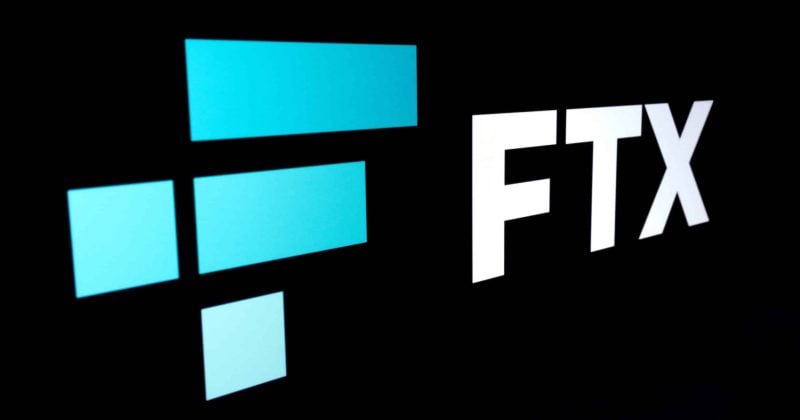Bitcoin hashrate has recently hit a record high, marking a significant milestone for the network. This surge in hashrate means the Bitcoin network is now more secure than ever, as higher hashrates make it harder for potential attackers to compromise the system. In this article, we'll explore what this increase in hashrate means for Bitcoin's security and how it could impact miners and the broader cryptocurrency community.
Bitcoin Hashrate Hits Record High, Enhancing Security
 Bitcoin hashrate: image Source: bitinfocharts
Bitcoin hashrate: image Source: bitinfochartsBitcoin's hashrate has hit a new record, reflecting the increased robustness of the world's original blockchain network. On October 21, the total computational power securing the Bitcoin network reached an unprecedented level of 769.8 exahashes per second (EH/s).
According to data from BitInfoCharts, the hashrate has been steadily rising since 2021, driven largely by advancements in mining technology, particularly th e development of more efficient application-specific integrated circuits (ASICs). This surge in hashrate signals both growing network security and the continued evolution of Bitcoin mining infrastructure. Although the rising Bitcoin hashrate indicates stronger network security, it also drives up the cost of mining Bitcoin.
The Dual Impact of Rising Bitcoin Hashrate: Enhanced Security and Growing Mining Costs
The recent surge in Bitcoin’s hashrate highlights the growing strength and security of its blockchain network. As the hashrate reaches record levels, the network becomes increasingly resilient to attacks, such as 51% attacks, where malicious actors could theoretically control the network.
This heightened security is a key indicator of Bitcoin's maturity and continued dominance as the world’s leading cryptocurrency. The increased hashrate is a result of improvements in mining hardware, particularly through the development of more efficient ASICs, which allow miners to contribute more computational power.
However, this rise in hashrate also signals an increasing cost for Bitcoin mining. With more computational power required to secure the network, miners face higher operational expenses due to electricity consumption and equipment upgrades.
This cost burden is especially significant for smaller mining operations, potentially leading to consolidation in the industry as larger firms with more resources can better absorb the rising costs. As a result, we could see fewer independent miners, which may reduce competition in the mining sector.
For example, consider running a mining operation as a race. As the race becomes more competitive, participants upgrade their cars (in this case, mining equipment) to keep up. While a faster car helps you stay ahead, it also costs more to maintain and refuel. In this case, only those with the resources to keep upgrading will stay in the race, potentially pushing smaller competitors out.
Looking forward, if the hashrate continues to climb, the mining landscape may shift further towards large-scale operations with advanced hardware. While this improves Bitcoin's overall security, it could make mining less accessible for smaller players, leading to a more centralized mining ecosystem. This could have long-term implications for Bitcoin’s decentralization, a key principle of its network.
Therefore, while the rise in hashrate enhances security, it also increases the financial strain on miners, potentially reshaping the industry and impacting its accessibility for new entrants.

















 English (US) ·
English (US) ·